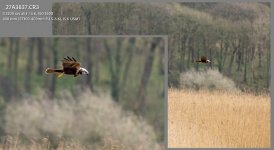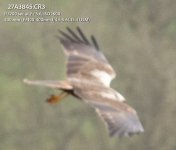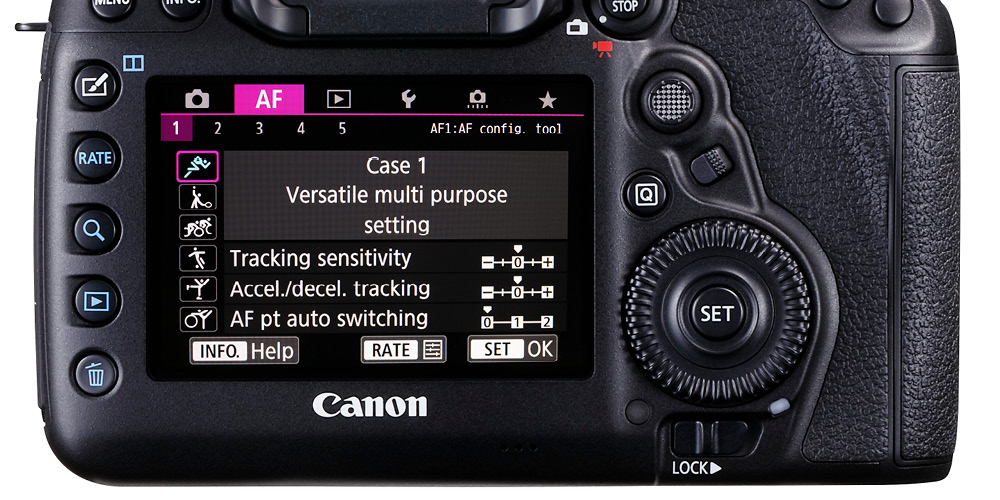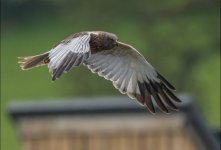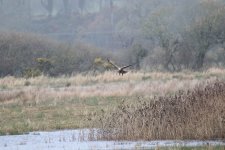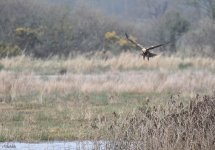- Messages
- 1,615
- Name
- David
- Edit My Images
- No
Had a trip to RSPB Leighton Moss today and I've come to realise that an extender would be helpful (then I don't have to zoom in when processing).
I also had trouble tracking birds, especially in flight.
Any tips for settings for the Canon R5?
I'll post photos of settings tomorrow (my eyes are double vision because I'm not used to driving such long distances).
I will say that the tracking is very good and I have quite a few photos out of exactly 2357 that are sharp.
But those that are sharp, I have to zoom in.
I also had trouble tracking birds, especially in flight.
Any tips for settings for the Canon R5?
I'll post photos of settings tomorrow (my eyes are double vision because I'm not used to driving such long distances).
I will say that the tracking is very good and I have quite a few photos out of exactly 2357 that are sharp.
But those that are sharp, I have to zoom in.


